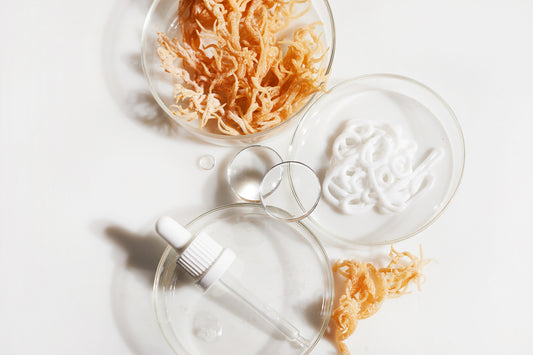Marine Ingredients in Cosmetics: Sustainable Innovation & Smart Formulation Strategies

Course Description
Formulators are under pressure to deliver “blue beauty” products that are both truly sustainable and measurably effective. Yet marine actives vary widely in quality and data; ionic/salt effects destabilize systems; supply chains and traceability are unclear; and claims like “ocean-safe” risk greenwashing. The result: delays in scale-up, inconsistent batch performance, and claims exposure.
This 90-minute, practitioner-level course gives you a clean, practical path forward. You’ll learn how to select and standardize marine inputs (seaweed, algae, kelp, plankton, seawater, fermented extracts), design stable systems around their pH/ionic constraints, cut environmental footprint via smart format and sourcing choices, and build clear, defensible claims, so your formulas perform, scale, and tell a credible sustainability story.

Priscilla Rolvers
Why should you view this course?
Who should join this course?
-
This course is suitable for intermediate level proficiency
Intermediate
Questions you will be able to answer after this course:
Course Outline
Prerequisites for this course
30 min Q & As for this course


